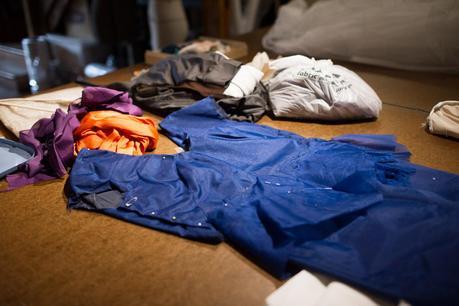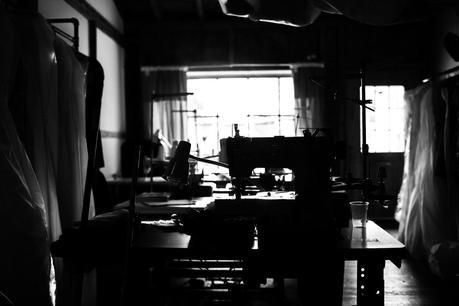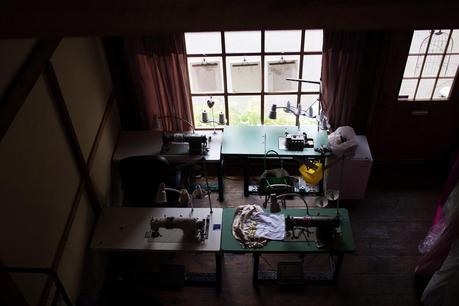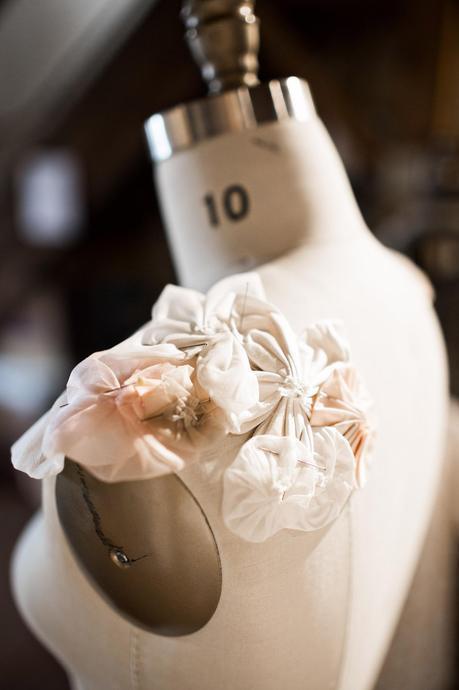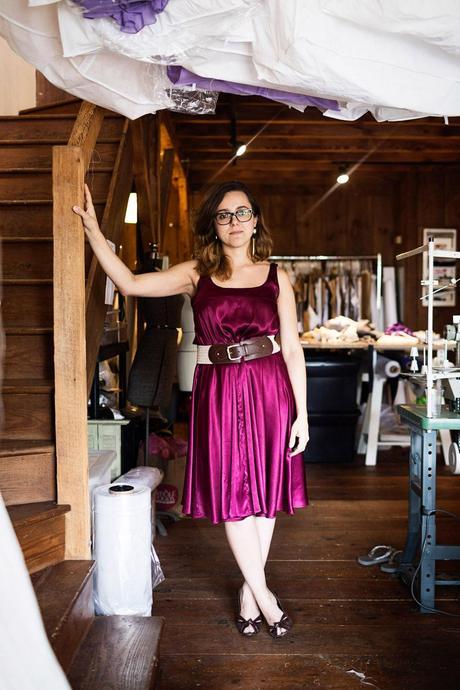
Walking up to Priscilla Costa, a bridal boutique in the suburbs of Philadelphia, there are fashion sketches hanging in the storefront. Not the usual window display, but as a former fashion student, I like it. Fast forward twenty minutes and I am sitting on the second floor of the atelier interviewing the owner, Priscilla Costa. Mid conversation, she says that she’s completely self-taught, in which I rebut, “Who drew those fashion sketches?” I assumed from her statement that they were outsourced. “I drew them,” she replied.
I’m a half and half seamstress. Half self-taught and half formally-trained. In some cases, the difference between the two is clear and apparent, and other times, it’s not. In the case of the latter, true talent exists. A self-taught seamstress that can rise to and exceed the bar set by the industry shows that she or he has a knack for stitching. Do I need to conclude which group Priscilla is in? You get my drift.
As an interlude between Priscilla’s introduction and her interview, I will digress for a couple of sentences. I took a brief sabbatical from this series, Handmade, to make room for another series, Mother’s Day: What My Mom Wore. In my opinion, posting both at the same time seemed forced. I intended to start Handmade again right after, but I experienced a brief hiccup in life when I moved into a new place. Rest assured, this series is back and alive! Priscilla is just one of the many interviews I have lined up.
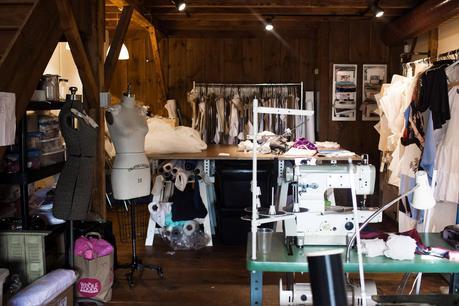
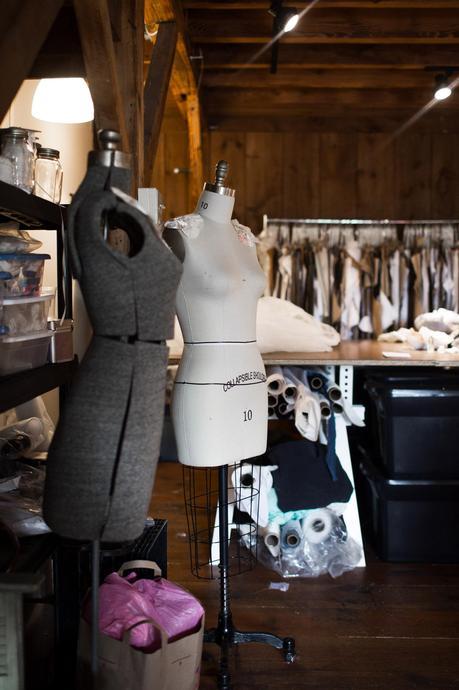

Hi! My name is Priscilla and I am the owner of Priscilla Costa Couture. I am not from America; I was born in Brazil. As I child, I was surrounded by sewing. My mother was a dressmaker and my aunts and cousins were seamstresses. Despite the long lineage of sewers, I had no interest in it, studying economics and business. My mother moved to the U.S. and I followed suit soon after. I was enrolled in nursing school when my mom asked me to help her with alterations and fitting. Because she spoke mostly Portuguese, she struggled to understand clients and needed a right-hand man (or women) to translate. At first, I didn’t want anything to do with it, but grew to love it as I got more involved. Slowly, I liked the feeling of being able to change something, resurrect it in a sense. It was and still is powerful and fulfilling.
At this point though, I didn’t know how to sew. So, I bought sewing and pattern making books. Like every sewer, I made a simple shift dress and skirt, and eventually I graduated to more complicated styles. I’m a self-taught seamstress one hundred percent.
Priscilla Costa started when my mom and I were working as out-of-house alterationists for a local bridal boutique. I would fit the garments and my mom would sew the changes. Then, I saw an ad on Craiglist from Blue Sky Media looking for artists to create a Brazilian inspired collection. I showed them a few of my designs, they liked them and asked me to attend. After that, it was an organic growth. At first, I was working out of my basement, but in 2011, I opened my shop because I became so busy that I couldn’t handle my workload.
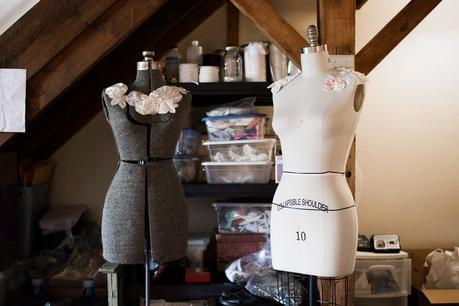
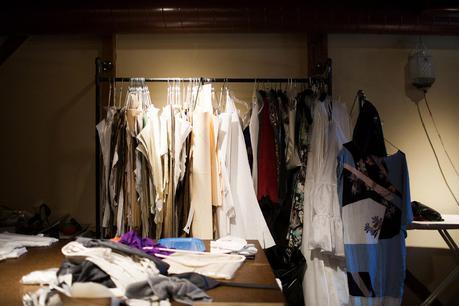

The process starts with an initial consultation. During that first session, I listen to the bride, carefully considering the venue, the mood of the wedding, and most importantly, her personality, which later will be translated into a dress that truly represents her. Between the first and the second session, I research. I sketch the design, pick the fabric, figure out how I’m going to make it and then calculate costing. Once this has been finalized, I make a toile, or a first sample. Sometimes I use a block pattern, but most of the time, I drape on a form. When the toile is complete, which is usually takes a couple of weeks, I meet with the bride for the second time. From here it’s very organic and that’s because a sketch never looks like an actual garment. You can’t translate 2D to 3D exactly. When I see the toile on the bride, I notice things that will make the fit more flattering and we work together to make that dress perfect for her, whether it takes 2 or 3 fittings.
The whole bespoke process usually takes at least 6 months.
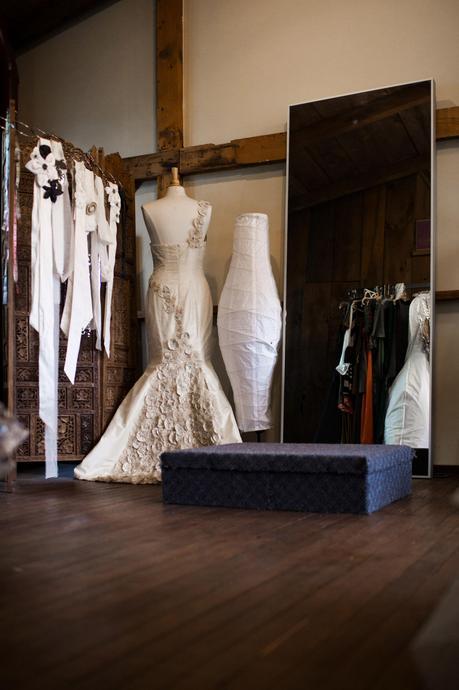

The last one. I’m always most in love with the last thing I created.


Many women ask if I can copy a design they saw in a magazine or a newspaper. I don’t think this is right. I saw my mom working all her life for very little and it is very important to me that people get credit for their work.

When the women of my family get together, they spend hours reminisces on garments they made. Twenty years later, they remember how a garment was sewn, including details such as buttons, zippers, etc. This shows that a handmade garment isn’t just a garment, but becomes a part of you and your identity when you sew it.
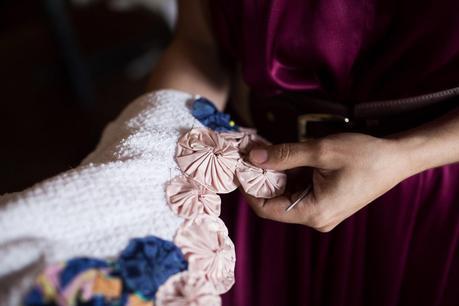


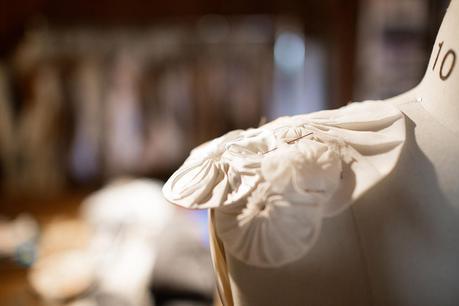
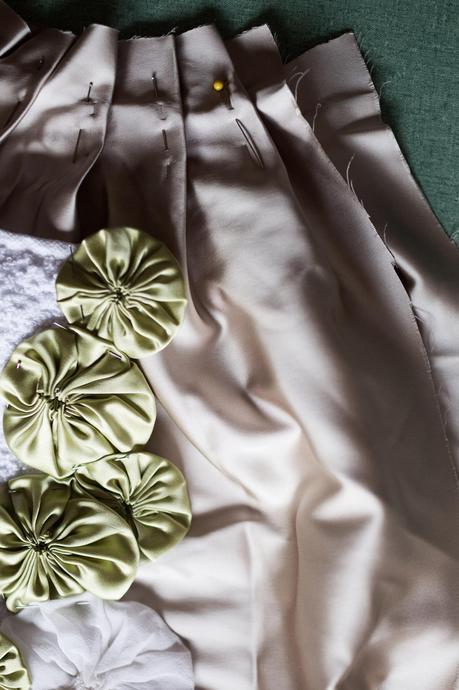

Because I solely make gowns and event dresses, I sometimes wish I could make other types of garments, jackets being just one example. But every seamstress has a focus, which can change as they evolve in their sewing career, and it’s important to not get distracted by what other sewers are doing. Sewers just starting the hobby want to make everything. I’d rather be really good at one thing that okay at many things.

Almost all of my gowns are made with natural fabrics such as silk and the exception to this is when a manmade fabric such as polyester has a texture that I can’t find in a natural fiber.
